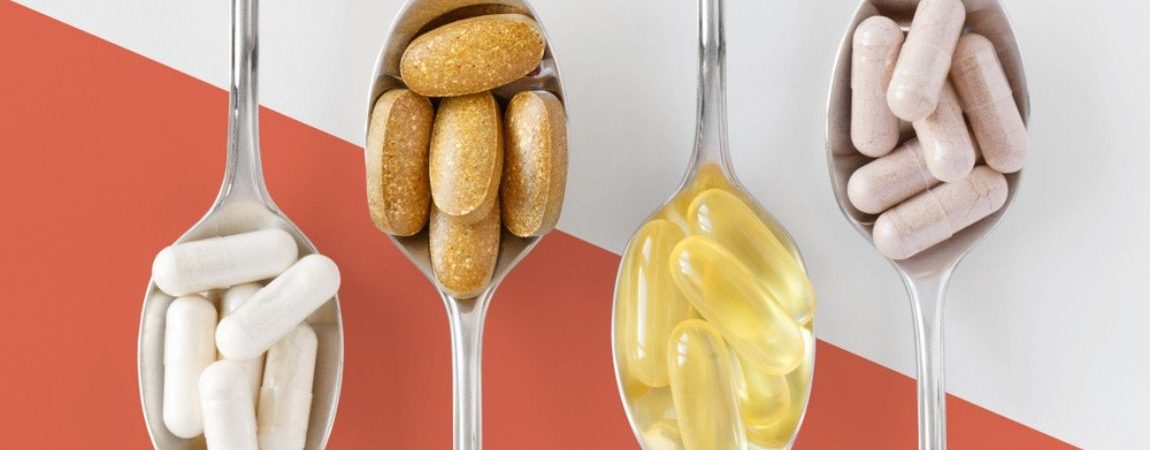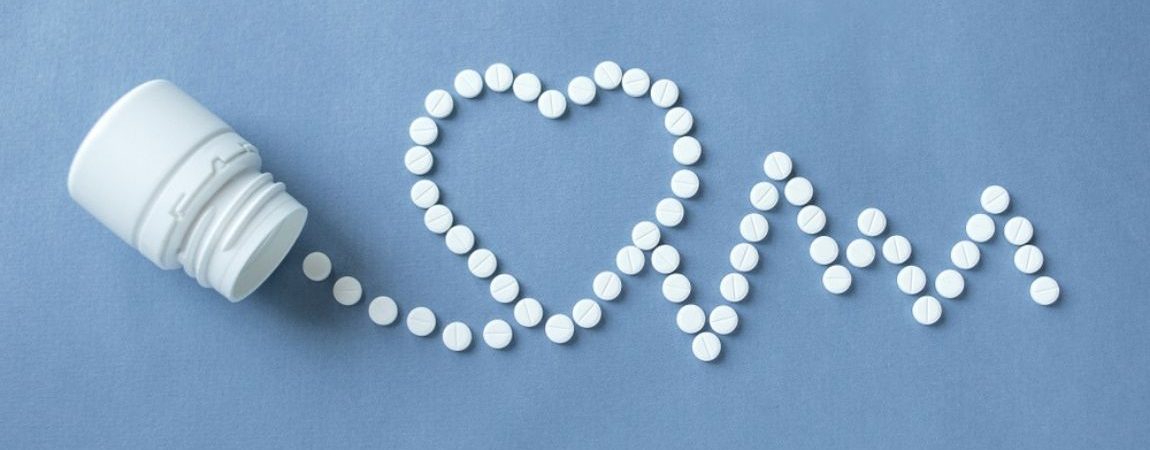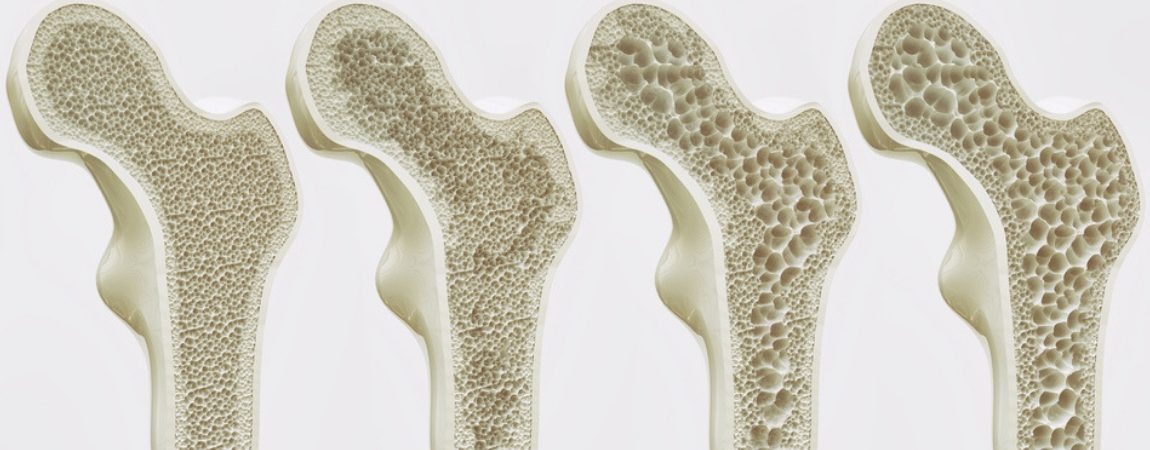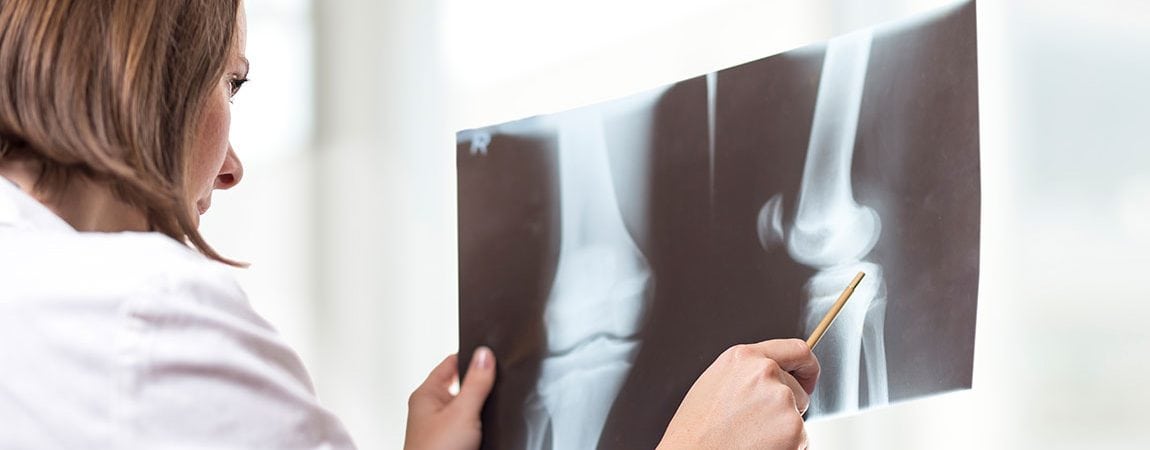Bone & Joint Health
Article Categories
-
Recent research has found that increasing vitamin intake may reduce the risk of chronic disease as we age. Whether by consuming a more diverse diet or by taking a high-quality dietary supplement, ingesting sufficient amounts of antioxidant vitamins may reduce the chances of developing myocardial infarction, stroke and other medical disorders. Similarly, getting enough of other important vitamins has been shown...
-
Glucosamine is a natural supplement used to help support bone and cartilage health, and more specifically in cases of minor joint pain caused by osteoarthritis and other joint concerns. Early laboratory tests found that glucosamine helps reduce minor joint pain by addressing the inflammation that surrounds the joints, allowing the cartilage to naturally regenerate on its own. While intended to...
-
There are 21 million Americans suffering from schizophrenia; most of those people don't get the treatment they need. Those that do seek treatment are prescribed anti-psychotic drugs that treat the symptoms of the illness, but produce severe side effects, such as cardiovascular problems and "the shakes," or body tremors. This has caused researchers to look for alternative treatments for schizophrenia...
-
Getting sufficient amounts of vitamin D may be less emphasized than maintaining proper levels of other important vitamins, however this nutrient is vital to the functioning of our bodies. In fact, every single cell in the body has a receptor devoted to collecting vitamin D, suggesting it's used more as a hormone than as a vitamin. Even though we can...
-
While most of us have often heard the term osteoporosis, many people don't fully understand what this disease entails. Osteoporosis is a degenerative disease in which the production of new bone decreases or stops completely. As we age, our bones naturally lose density, becoming more porous; with osteoporosis, the body's reduced ability to produce new bone tissue leaves the existing bone...
-
Since their development in the 1940s, antibiotics have been the medical go-to for eradicating and counteracting the effects of bacterial infections. In fact, at one time antibiotics were even viewed as something of a miracle drug that would possibly bring an end to all infection worldwide. Unfortunately, that hasn't been the case; although after nearly 80 years doctors frequently prescribe antibiotics to...
-
Confused about the difference between probiotics and prebiotics and how they work together? Here, we will take a brief look at what probiotics and prebiotics are, break down the differences between these important digestive helpers and learn how increasing the prebiotics in your diet not only improves digestion but also supports immune function, promotes sleep, lowers stress and provides many...
-
With old research under fire and new research turning up previously unknown vitamin D benefits, the “sunshine vitamin,” has been an increasingly hot topic among the research community. As the summer draws to a close and the days begin to once again shorten, it’s a good time to take a look back at some of this year’s vitamin D research highlights and...
-
As adults grow older, their bones become more brittle and, as a result, they can fracture more easily. While this phenomenon can affect both men and women, women are more at risk for bone loss as they age, suffering more commonly from conditions such as osteoporosis and osteopenia. Women over 80 years of age are at the highest risk for...
-
Menopause brings with it a whole new set of health concerns for the aging woman. The impacts of menopause on bone and metabolic health can lead to a loss of bone density, reduced physical ability and weight gain, however, new research on soy and bone strength suggests that soy protein may help to curb some of these negative health effects...












